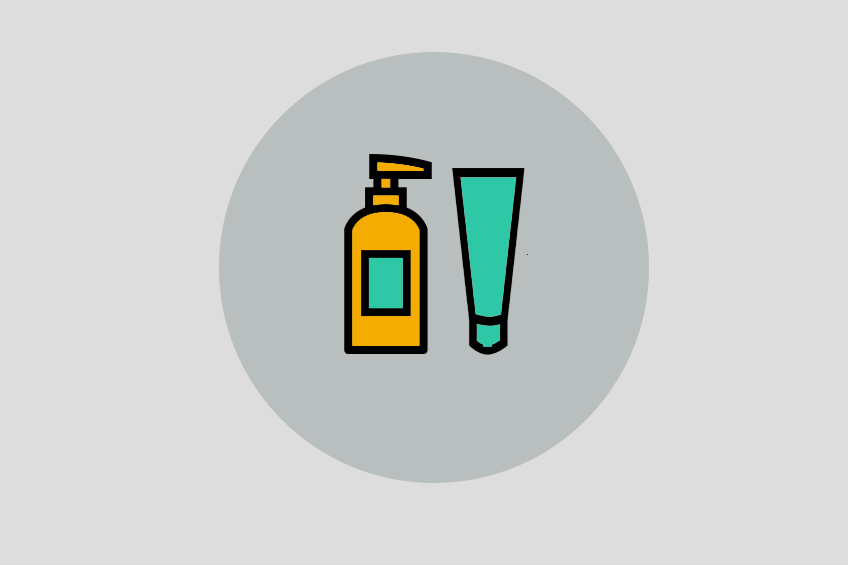Understanding Ivrea Cream for Human Use: Dosage, Results & Precautions
Skin conditions like rosacea, inflammatory bumps, and certain parasitic infections can be difficult to manage, often requiring targeted dermatological treatment. Ivrea Cream 30gm which contains Ivermectin as its active ingredient, has become a well-known option prescribed by dermatologists for its powerful anti-inflammatory and antiparasitic effects.
If you’ve been advised to use Ivrea Cream or you’re researching it, here’s a clear and complete guide to help you understand its purpose, dosage, expected results, and important precautions.
What Is Ivrea Cream?
Ivrea Cream is a topical medication formulated with Ivermectin 1%, primarily used for:
- Rosacea, especially the inflammatory bumps (papules/pustules)
- Certain parasitic skin infections, such as demodicosis (excess skin mites)
- Skin inflammation associated with microbial imbalance
Its mechanism works by:
- Reducing skin-dwelling parasites like Demodex mites
- Lowering inflammation caused by these organisms
- Calming redness and flare-ups
- Improving overall skin texture and appearance
How to Use Ivrea Cream (General Dosage Guidelines)
Always follow your dermatologist’s instructions, but typical usage looks like this:
1. Cleanse the skin
Wash your face with a gentle cleanser and pat dry.
2. Apply a thin layer
Use a pea-sized amount for the entire affected area.
Gently spread it in a thin, even layer.
3. Frequency
Most dermatologists recommend applying once daily, usually at night.
4. Duration of use
Results typically appear after 2–4 weeks, but full improvement may take up to 12 weeks.
Your doctor may suggest longer maintenance use depending on your condition.
Expected Results: What Improvements Will You See?
✔ Reduction in bumps (papules & pustules)
Most users notice significantly fewer breakouts in 2–4 weeks.
✔ Less redness
Because ivermectin reduces inflammation, skin tone often looks more even.
✔ Improved texture
Smoother skin due to reduced irritation and mite overgrowth.
✔ Decreased flare-ups
Regular use helps control chronic symptoms of rosacea.
✔ Long-term skin balance
Its anti-parasitic effect helps maintain healthier skin ecosystem.
Note: Ivrea Cream is not a cure for rosacea, but it can greatly reduce symptoms and make flare-ups less frequent.
Possible Side Effects
Most side effects are mild and temporary:
- Slight burning or stinging
- Dryness or peeling
- Redness or irritation
- Itching
- Skin tightness
These often settle as your skin adjusts. If irritation becomes severe, discontinue and consult your doctor.
Precautions to Keep in Mind
1. Use only on unbroken skin
Avoid applying on cuts, wounds, or severely irritated skin.
2. Avoid contact with eyes, mouth, and inside the nose
Rinse thoroughly with water if accidental contact occurs.
3. Don’t combine with harsh actives
Avoid using alongside strong treatments like:
- Retinoids
- Benzoyl peroxide
- Strong exfoliating acids
Unless your dermatologist approves the combination.
4. Pregnancy & breastfeeding
Consult your doctor before use—safety data is limited.
5. Sun protection is essential
While ivermectin isn’t a photosensitizer, rosacea-prone skin reacts strongly to sunlight.
Daily sunscreen is extremely important.
6. Not for self-diagnosis
Only use Ivrea Cream if prescribed or recommended by a healthcare professional.
Who Should Avoid Ivrea Cream?
- Individuals with allergies to ivermectin
- Those who have extremely sensitive or compromised skin
- Pregnant or breastfeeding women (unless approved by a doctor)
Final Thoughts
Ivrea Cream is a trusted and dermatologist-recommended treatment for managing rosacea and certain skin conditions caused by parasites. When used correctly, it offers noticeable improvements in redness, bumps, and overall skin comfort.
However, it should be used responsibly—with the right dosage, proper skincare routine, and advice from a professional.
for more information visit here : Generic Medicine Store





Comments